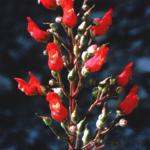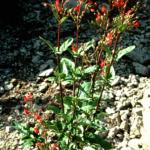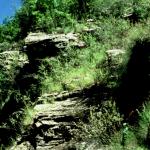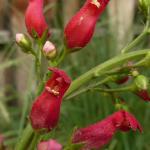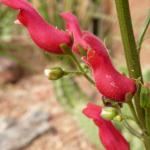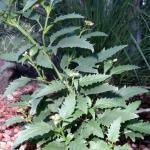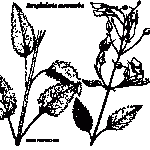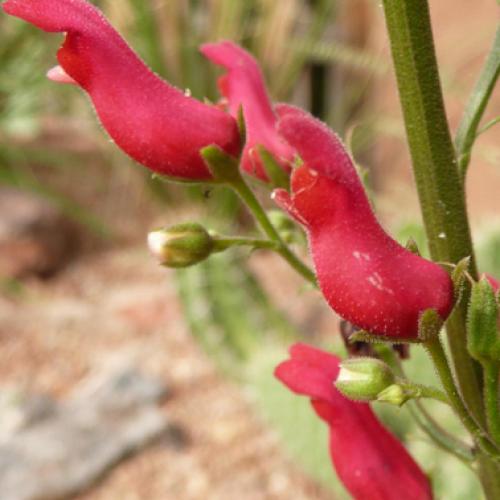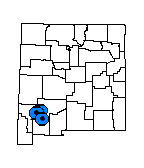Scrophularia macrantha (Mimbres Figwort)
| USFWS | State of NM | USFS | BLM | Navajo Nation | State Rank | Global Rank | R-E-D Code | NMRPTC Status | Strategy Status |
|---|---|---|---|---|---|---|---|---|---|
| E | SEN | SEN | S2 | G2 | 2-1-3 | R | SS |
| Overall Conservation Status | Documented Threats | Actions Needed |
|---|---|---|
| WEAKLY CONSERVED | Fire & fire suppression. Mining and quarrying. |
inventory and threat impact monitoring (fire impacts). Seed banking |
Lightfoot, K. and R. Sivinski. 1994. Status report on Scrophularia macrantha Greene ex Stiefelhagen. New Mexico State Forestry and Resources Conservation Division, Santa Fe.
*New Mexico Native Plants Protection Advisory Committee. 1984. A handbook of rare and endemic plants of New Mexico. University of New Mexico Press, Albuquerque.
Shaw, R.J. 1962. The biosystematics of Scrophularia in western North America. Aliso 5:147-48.
Soreng, R.J. 1982. Status report on Scrophularia macrantha. U.S. Fish and Wildlife Service, New Mexico Ecological Services Field Office, Albuquerque.
Torrey, J. 1859. Botany of the boundary. In: W.H. Emory. Report of the U.S. and Mexican Boundary Survey. House Executive Document 135, 34th Congress, 1st session, volume 2, part 1, 27-276.
Roth, D. 2016. Wildfire Impacts on Species of Concern Plants in the Gila National Forest, New Mexico. Unpublished report prepared by EMNRD-Forestry Division, Santa Fe, NM for the U.S. Fish & Wildlife Service, Region 2, Albuquerque, NM. 48 pp.
For distribution maps and more information, visit Natural Heritage New Mexico

